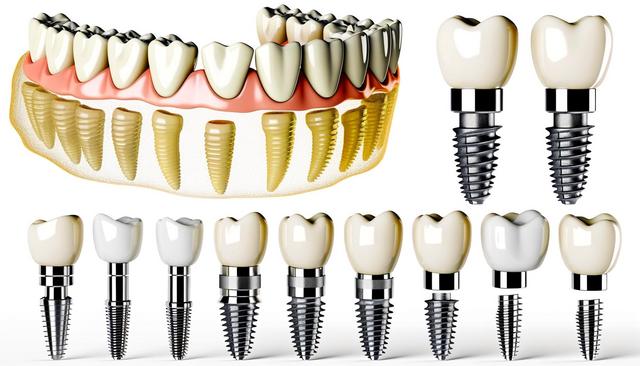The Benefits of Dental Implants
Dental implants offer numerous advantages over traditional dentures and bridges. One of the most significant benefits is their ability to preserve bone density, as the implants stimulate the jawbone in a way that natural teeth roots do. This can prevent the bone loss that typically occurs with missing teeth. Unlike dentures, dental implants don’t slip or shift in your mouth, providing enhanced comfort and confidence while eating or speaking. They are designed to be a permanent solution, often lasting a lifetime with proper care, which means that while the initial investment might be higher compared to other options, their longevity and low maintenance can make them more cost-effective in the long run.
The Process of Getting Dental Implants
The journey to a new smile with dental implants usually begins with a thorough evaluation and the development of a personalized treatment plan. This may involve X-rays, 3D imaging, and models of your teeth and jaw to ensure precise placement. Once the initial assessments are complete, the implant placement procedure follows. This step involves inserting the titanium implant into the bone socket of the missing tooth. Over time, the jawbone heals and grows around the implant, securing it firmly in the jaw. This healing period, known as osseointegration, can take several weeks to a few months depending on individual circumstances.
Post-Procedure Care and Considerations
After the dental implant procedure, maintaining good oral hygiene is crucial to ensure the longevity and success of the implant. This includes regular brushing, flossing, and routine dental check-ups. During the healing phase, it is important to follow the dentist’s specific instructions, such as dietary recommendations and activity restrictions, to minimize the risk of complications. Patients should also be mindful of habits such as smoking and excessive alcohol consumption, which can adversely affect the healing process. Over time, with regular care and monitoring, dental implants can function optimally and maintain their aesthetic appeal.
Choosing the Right Implant Provider
Selecting a qualified and experienced dental implant provider is essential to achieving a successful outcome. It is advisable to research local dental implant clinics, reviews, and the qualifications of the practitioners involved. Consultation appointments are an excellent opportunity to ask detailed questions about the procedure, cost estimates, and potential risks or concerns. While the abundance of choices may seem daunting, focusing on a provider’s expertise and track record can assist in making a confident decision. Dental implants can transform smiles and improve quality of life, making the selection of an appropriate provider a critical step in the process.

